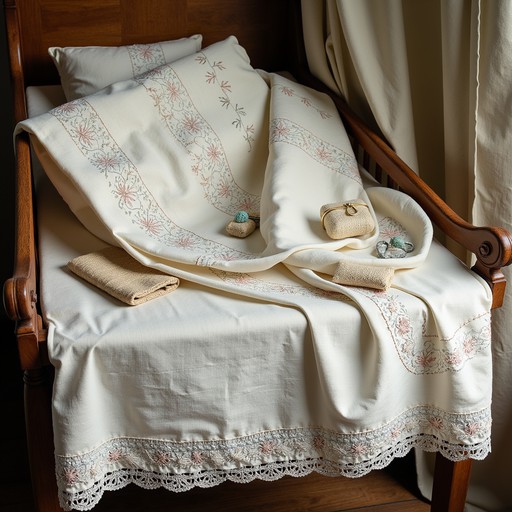
Preserving History: Caring for Your Antique Tablecloths
For those of us drawn to the charm of a bygone era, antique and heirloom tablecloths hold a special significance. They're more than just linens; they're tangible links to our family history, whispered stories of gatherings past, and testaments to the enduring beauty of craftsmanship. This appreciation for heritage textiles resonates deeply with the "grandmillennial" trend, a movement that celebrates the traditional arts and crafts that our grandparents cherished. But preserving these delicate treasures requires more than just admiration; it demands a gentle hand and a thoughtful approach. This guide will provide you with the essential techniques for cleaning, storing, and repairing your antique tablecloths, ensuring they remain cherished heirlooms for generations to come.
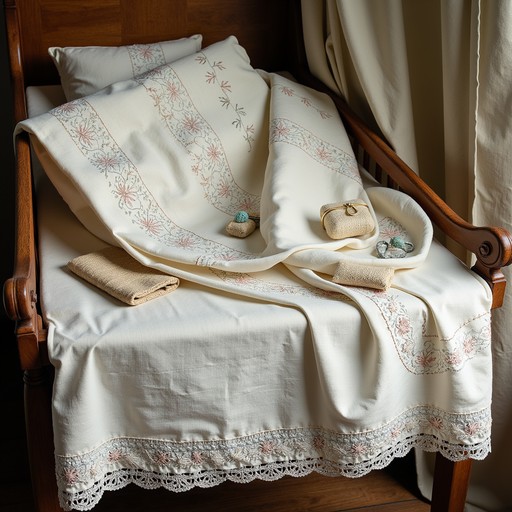
Gentle Cleaning Techniques: A Delicate Balance
The first step in preserving your antique tablecloth is understanding that less is often more. Harsh chemicals and aggressive cleaning methods can irrevocably damage delicate fibers. The goal is to gently remove surface dirt and treat stains while preserving the integrity of the fabric. Machine washing is almost always a no-go.
Hand-Washing: A Step-by-Step Guide
Prepare Your Workspace: Choose a clean basin or tub. Ensure it's free of any residue from previous cleaning agents.
Fill with Cool Water: Use cool or lukewarm water. Hot water can set stains and damage fibers.
Add a Mild Detergent: Opt for a pH-neutral detergent specifically designed for delicate fabrics. Eucalan Delicate Wash is an excellent choice. Use only a small amount, following the product's instructions.
Submerge the Tablecloth: Gently submerge the tablecloth in the water, ensuring it's fully saturated.
Agitate Carefully: Swirl the water gently with your hands to loosen dirt. Avoid rubbing or scrubbing the fabric.
Soak (Optional): For particularly dirty tablecloths, you can let it soak for up to 30 minutes. Check the water periodically to see if dirt is being released.
Rinse Thoroughly: Drain the soapy water and refill the basin with cool, clean water. Repeat this process until all traces of detergent are gone.
Support and Lift: When lifting the wet tablecloth, support its weight to prevent stretching or tearing.
Roll and Press: Gently roll the tablecloth in a clean, white towel to absorb excess water. Avoid wringing or twisting.
Air Dry: Lay the tablecloth flat on a clean, dry surface or hang it on a padded hanger away from direct sunlight.
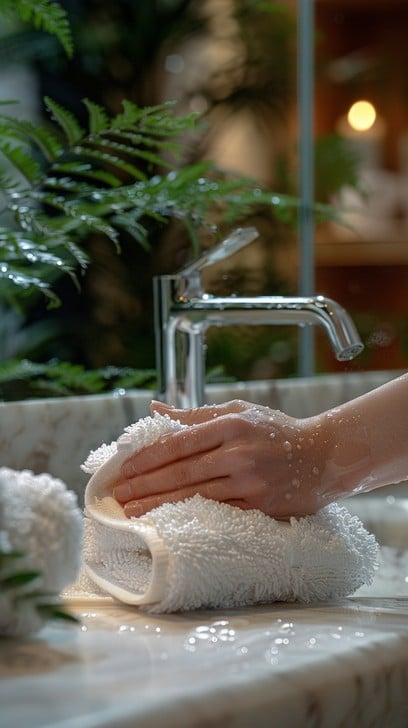
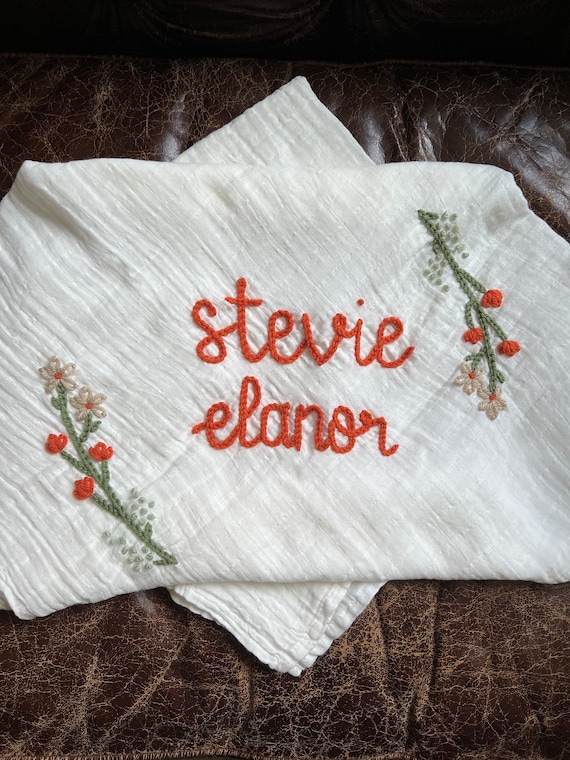
Addressing Yellowing and Age Spots
Yellowing is a common issue with antique linens. Diluted hydrogen peroxide (3% solution) can often help brighten the fabric. Test a small, inconspicuous area first to ensure it doesn't cause discoloration. Apply the diluted peroxide to the affected area with a cotton swab, let it sit for a few minutes, and then rinse thoroughly. Repeat if necessary.
Effective Stain Removal: Patience is Key
Stain removal requires a delicate touch and a lot of patience. Remember, aggressive cleaning can cause more harm than good.
Test First: Before treating the entire stain, test your chosen cleaning solution on a small, hidden area of the tablecloth (e.g., a seam allowance or the underside). Wait a few minutes to ensure it doesn't damage or discolor the fabric.
Blot, Don't Rub: When treating a stain, always blot gently with a clean, white cloth. Rubbing can spread the stain and damage the fibers.
Enzymatic Cleaners: For many stains, an enzymatic cleaner like The Laundress Stain Solution can be effective. Follow the product's instructions carefully. Apply a small amount to the stain, let it sit for the recommended time, and then blot gently.
Baking Soda Paste: For stubborn stains, create a paste of baking soda and water. Apply the paste to the stain, let it sit for a short period (no more than 30 minutes), and then rinse thoroughly.
Repeat Treatments: It's often better to repeat gentle treatments several times than to use a harsh cleaning agent once. Patience is key!
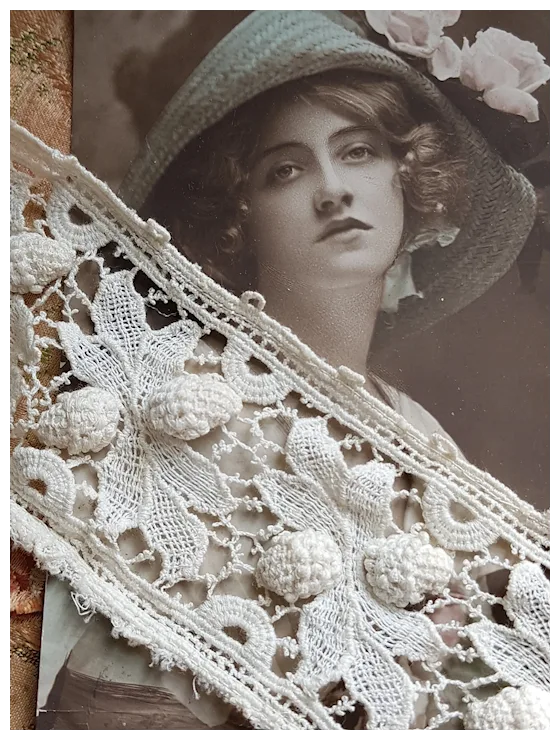
Proper Storage: Protecting Your Investment
Proper storage is crucial for preserving your antique tablecloth for the long term.
Wash and Dry: Before storing your tablecloth, ensure it's completely clean and dry. Any residual dirt or moisture can attract pests or lead to mold growth.
Acid-Free Archival Box: Store the tablecloth in an acid-free archival box. These boxes are designed to protect delicate textiles from harmful chemicals and pollutants.
Interleave with Muslin or Tissue Paper: Interleave the folds of the tablecloth with unbleached muslin or acid-free tissue paper. This helps to prevent creases and protect the fabric from rubbing against itself.
Folding Technique: Fold the tablecloth carefully to minimize creases. Avoid folding along the same lines each time you store it. Consider rolling the tablecloth instead of folding it.
Avoid Sunlight and Moisture: Store the box in a cool, dark, and dry place. Direct sunlight can fade the fabric, and moisture can lead to mold and mildew. Avoid storing in attics or basements, where temperatures and humidity can fluctuate.
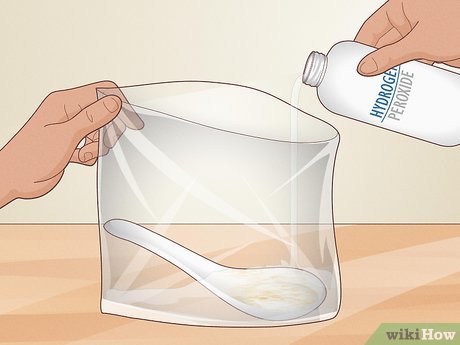
Basic Repair: Mending with Care
Simple repairs can help to extend the life of your antique tablecloth.
The Heirloom Stitch: For small tears or holes, the heirloom stitch is an excellent choice. This stitch is designed to be strong and durable while remaining relatively invisible. You can find a tutorial on how to do the heirloom stitch here: https://www.needlenthread.com/2013/07/heirloom-seam-a-tutorial.html
Matching Thread: Use high-quality thread that matches the color and weight of the original fabric.
Fine Needle: Use a fine needle to avoid creating large holes in the fabric.
Avoid Quick Fixes: Discourage the use of iron-on patches or other quick fixes, as these can damage the fabric and detract from its value.
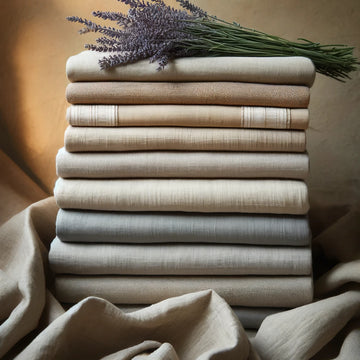
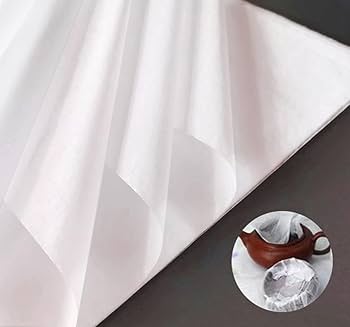
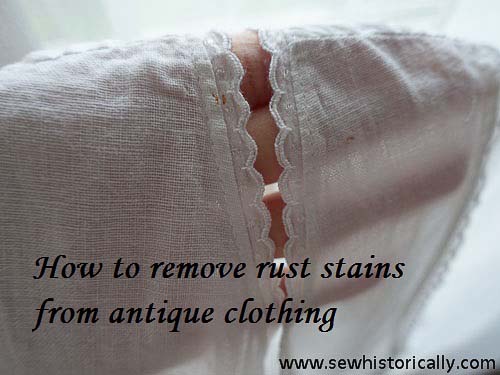
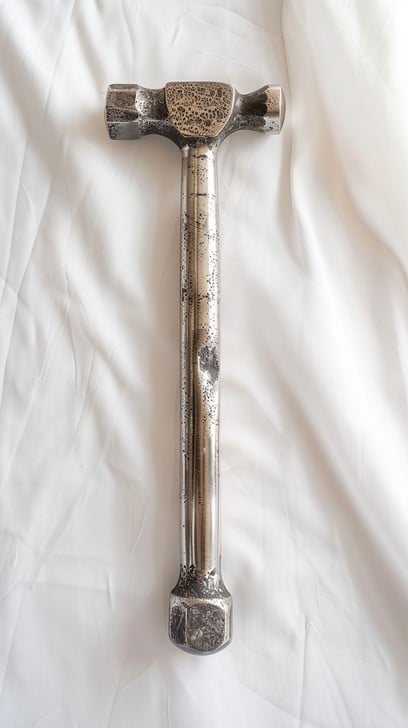
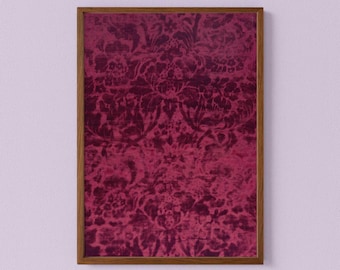
A Legacy Woven in Time
Preserving antique and heirloom tablecloths is more than just a matter of cleaning and storage; it's an act of honoring the past and ensuring that these tangible links to our family history remain intact for future generations. By following these gentle techniques, you're not just caring for a piece of fabric; you're preserving memories, traditions, and a connection to those who came before us. This dedication to preserving the past is a value cherished within the homesteading community, and it resonates deeply with the "grandmillennial" generation, who find joy and meaning in connecting with their family history through these beautiful, time-worn treasures. So, take the time to care for your antique tablecloths – they are a priceless inheritance.